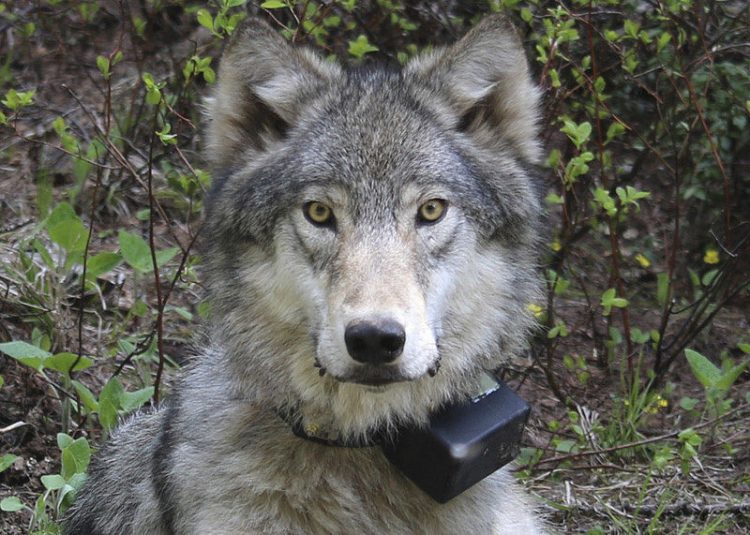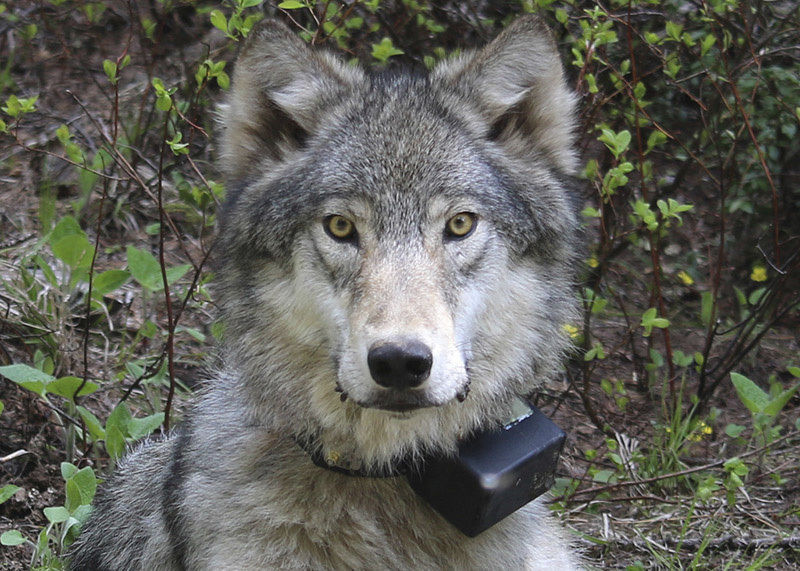
Protect The Wolves™ wonders how or why anyone would believe Oregon Cattlemen’s Association President John O’keefe when he blames all of Ranchers losses on Wolves it appears…
“We know that for each confirmed wolf kill there will be seven other livestock losses, so producers must absorb 21 losses before wolves are removed,” said John O’Keeffe, Adel-based rancher and president of Oregon Cattlemen’s Association
Wolf management was at the top of the Oregon Department of Fish and Wildlife (ODFW) Commission hearings Friday at the Running Y Ranch Resort.
Roblyn Brown, acting wolf program coordinator, told teh gathering there are 112 known wolves in Oregon, comprising 11 packs and eight breeding pairs. She noted that population growth has slowed, but added that severe winter weather, particularly in Eastern Oregon, inhibited wolf count efforts.
There has been seven known wolf deaths in 2016, three of which were collared wolves, she said. Of these, three were removed by ODFW due to excessive depredation in Eastern Oregon, one was shot by a rancher while caught in the act of killing a sheep, and two others are still under investigation.
Brown called wolf depredation management the highest priority of the department, totaling 67 investigations last year. She said depredation incidents are down since wolves were re-introduced in 2009.
The current Wolf Management Plan, established in 2005, creates rules for monitoring and managing wolf populations, as well as steps to take when livestock losses occur as a result of a wolf attack.
Additionally, every five years the plan is reviewed in detail. It is structured on a three-tier basis, Phase 3 being the most stringent rules due to large populations and depredation incidents, which allows under certain circumstances lethal enforcement to manage wolf populations. Phase 3 is currently in effect in Eastern Oregon, while Western Oregon — including Klamath County — remains in Phase 1. In the Phase 3 areas, wolves have been de-listed as an endangered species.
More than 40 organizations. alongside private citizens provided testimony, both in favor and opposed to the draft plan.
A particular point of contention was a change in confirmed wolf depredation instances defining chronic wolf depredation for elevation from Phase 2 to Phase 3 status, set at three or one confirmed and four probable rather than the current established level of two confirmed or one confirmed and three attempted. Opponents to the draft plan urged that the current levels be maintained.
“We know that for each confirmed wolf kill there will be seven other livestock losses, so producers must absorb 21 losses before wolves are removed,” said John O’Keeffe, Adel-based rancher and president of Oregon Cattlemen’s Association.
“Wolves are now part of the landscape, they are here to stay. Now it’s about managing a species that is significant on the landscape, not a small number newly placed. It’s only right that management goes under a new set of rules.”
Among the changes proposed in the plan is a clarification of conservation population objectives, not as a representative of a desired population level nor a minimum; population analysis when a zone is elevated in Phase status, strategies for radio telemetry of radio collars in phase 3 areas, removal of a specific number requirement for wolves in a pack to be collared, and adds specific certification and procedures required before hunters and trappers can be used for population control.
In an effort to increase communication and collaboration, the plan also implements a citizen advisory group intended to improve the overall management of wolves.
“We believe there are more wolves than are being documented,” said Greg Roberts, chairman of the Jackson County Wolf Committee. “We encourage cameras and surveillance. The Rogue Pack has been without a single functioning radio collar for the last two years, and we have been begging to get collars into the pack to get a better idea of areas that the pack is using.”
Others urged non-lethal efforts to be prioritized for management while making efforts to limit wolf and livestock interaction.
Source: Wolf foes, friends have their say | Local News | heraldandnews.com

Comments
To Mr. John O’Keefe. You are so greatly appreciated. What you say is the right way of wolf management. I am an avid wof prootector. The collars are manditory. I so understand population control and hunting but what is happening across this country is a War On Wolves. A hatred. I am so heartbroken because of our society now. Seems no one wants to co exist andd manage the right way. It is all about te kill into extinction. I am sre you know wolves are family protectors, shy of people and very misunderstod. You have the bad wolves but you also have a lot of good ones too. Killing collard wolves in Federal &National Parks is wrong, what they are doing in the dens in Alaska is wrog. Thankyou for beigfair on both sdes. Susan Simone ( The Llone Wolf)